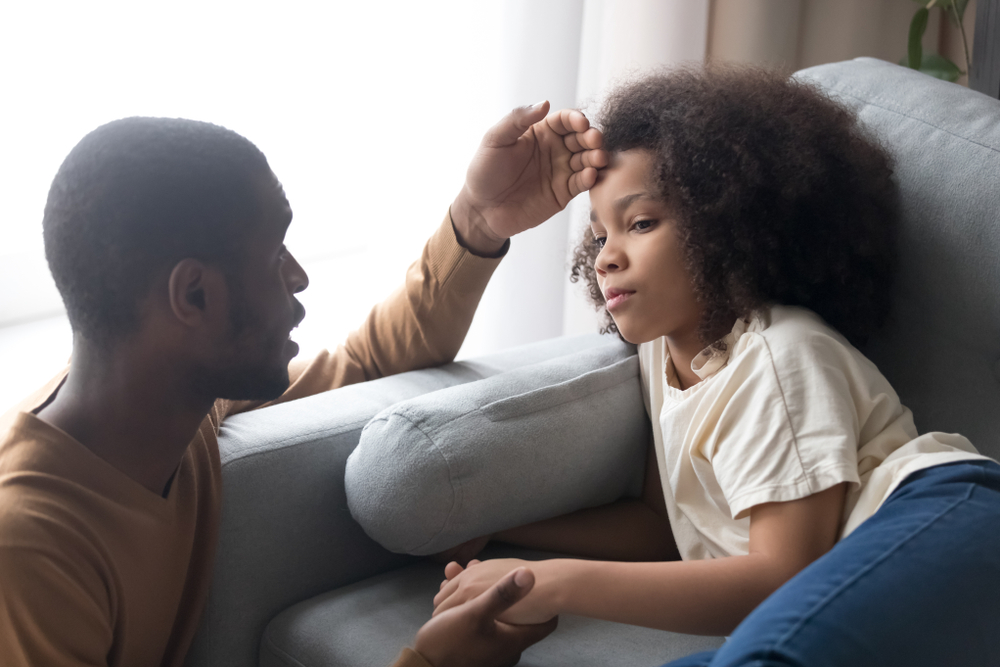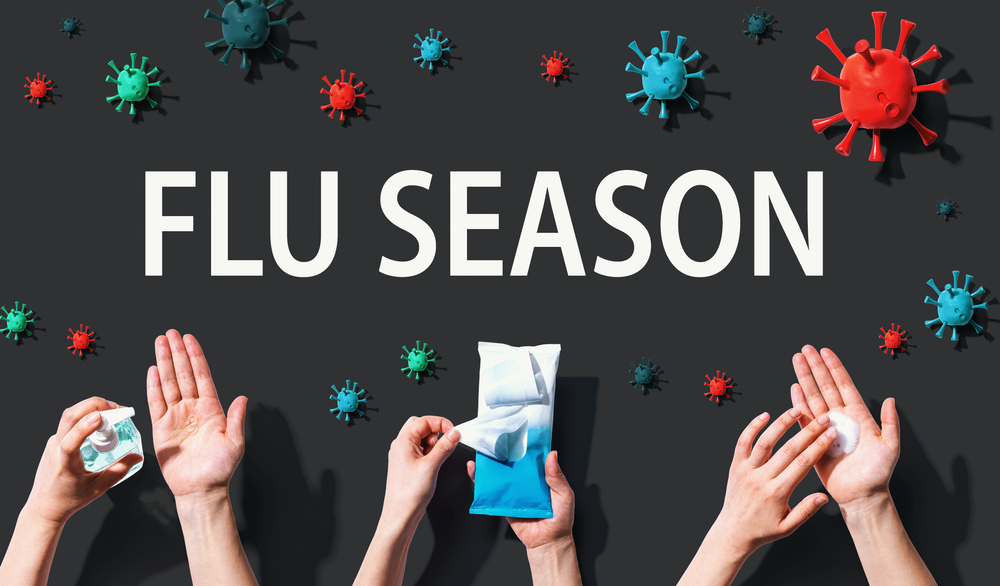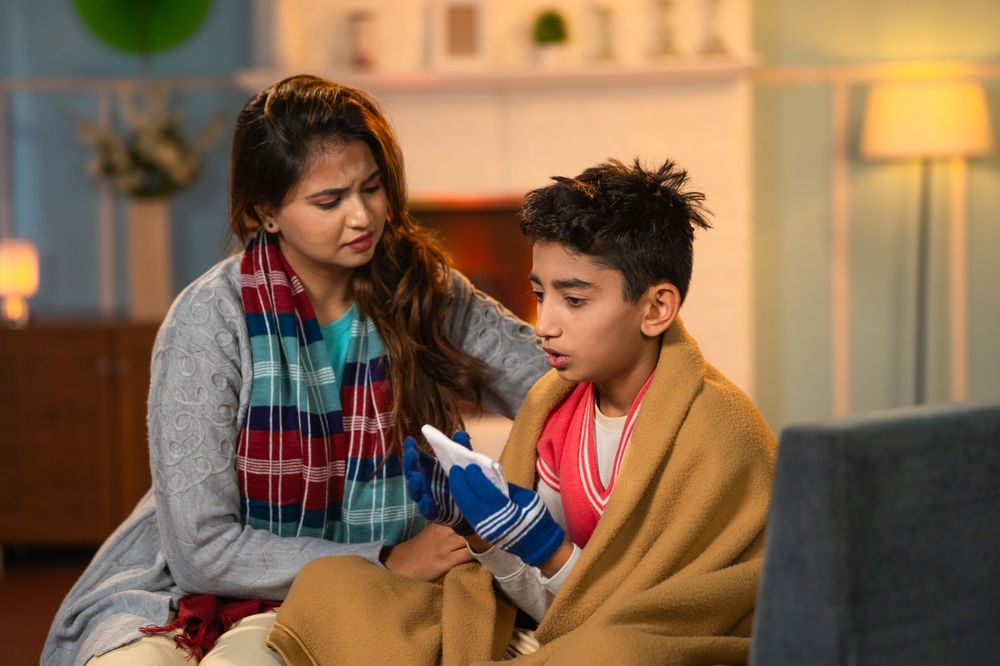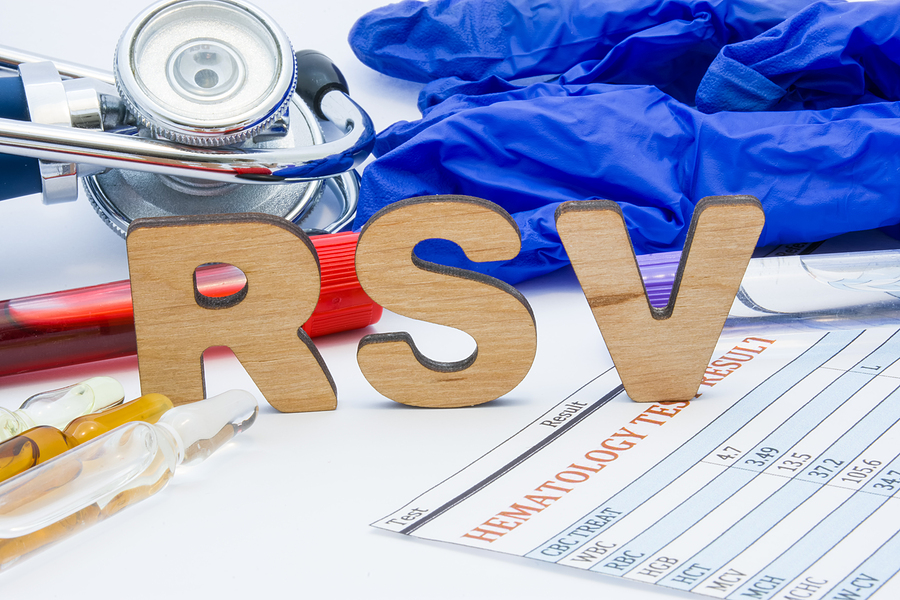by: Michelle Place CRNP-P
On Monday, August 21, 2017, the moon will pass in front of the sun to create a total solar eclipse that will be visible in a 70 mile wide diagonal path across the United States stretching from Oregon to South Carolina. If you are outside of this “zone of totality”, as we will be here in Maryland, a partial solar eclipse will still be visible. The last time a total solar eclipse was visible in the US was on February 26, 1979 so it is an unusual event with a “once in a lifetime” feel. Without special eye protection, however, direct viewing of a partial eclipse can cause vision loss and even permanent blindness. If special precautions are taken the eclipse can be viewed safely.
Do Not Look Directly at the Sun
Looking directly at the sun without the correct eye protection, even for a short time, can cause permanent damage to your retinas, the light-sensitive part of your eye that transmits what you see to your brain. Damage can occur without pain, and it can take a few hours or even a few days after viewing the eclipse to show symptoms. Symptoms of solar blindness include not being able to see colors as well and loss of central vision, with only side vision remaining. If you notice any visual symptoms after viewing the solar eclipse, seek immediate help from your eye care professional.
(https://www.cdc.gov/features/solar-eclipse-safety/index.html)
Solar Filters
- The only way to look at a partial eclipse safely is through special-purpose eclipse glasses or a hand held solar filter compliant with the ISO 12312-2 international safety standard
- Even if your glasses meet this safety standard do not use them if they are damaged or the lens is wrinkled
- If your eclipse glasses are compliant with the above ISO safety standard you may view the eclipse through them as long as you wish. Warnings that they can only be used for 3 minutes or to not use them if they are more than 3 years old are outdated.
- Always supervise children using solar filters
- Stand still, look down, and cover your eyes with the eclipse glasses before looking up at the bright sun. After viewing the eclipse look down again before removing your glasses.
- If you normally wear eyeglasses put your eclipse glasses on over them to view the eclipse.
- Do not use homemade filters or view the eclipse through sunglasses alone even if the lenses are very dark.
https://eclipse2017.nasa.gov/safety
Telescopes, Cameras, and Binoculars, Oh My
Do not look at the sun through these or any other optical devices, including your smartphone, even if you are wearing eclipse glasses or using a handheld solar filter. The lenses of these devices can concentrate the solar rays which will damage the filter and enter your eyes causing serious injury. Telescopes, cameras or other devices need to be fitted with a filter attached to the front of the device (the large end of the telescope/binoculars, not over the eyepiece) in order to view the eclipse safely through them. It is best to seek the advice of an astronomer to ensure that any filter is being used properly.
https://eclipse2017.nasa.gov/safety
Welder’s Helmets
If you are considering using a welder’s helmet as a filter to view the eclipse, the viewing glass must be Shade 12 or darker. This is a much darker shade than normally used for welding so be sure to check if you have an old welder’s helmet lying around, most likely it is not dark enough to be safe.
https://eclipse2017.nasa.gov/safety
Indirect Observation
A safe alternative way to experience the eclipse is to create a Pinhole Projector or use a projecting telescope to view the eclipse indirectly. Visit this website for more information on how to view the eclipse using projection: https://eclipse.aas.org/eye-safety/projection. Here is a resource describing how to create and use a Pinhole Projector to view the eclipse: https://eclipse2017.nasa.gov/2d3d-printable-pinhole-projectors
You can also go extremely low tech and just use your fingers.To view the eclipse this way simply cross the outstretched, slightly open fingers of one hand over the outstretched, slightly open fingers of the other, creating a waffle pattern. With your back to the sun, look at your hands’ shadow on the ground. The little spaces between your fingers will project a grid of small images on the ground, showing the sun as a crescent during the partial phases of the eclipse.
https://eclipse2017.nasa.gov/safety
A more high tech way to observe the eclipse safely is to watch NASA’s 4 hour livestream of the event. It starts with a preview show at noon with coverage of the main event starting at 1 pm. Click here or cut and paste the following address into your browser to find out how to livestream the eclipse: https://www.nasa.gov/press-release/nasa-announces-television-coverage-for-aug-21-solar-eclipse
For more information:
https://eclipse2017.nasa.gov/safety
https://www.nasa.gov/press-release/nasa-recommends-safety-tips-to-view-the-august-solar-eclipse
https://www.cdc.gov/features/solar-eclipse-safety/index.html






